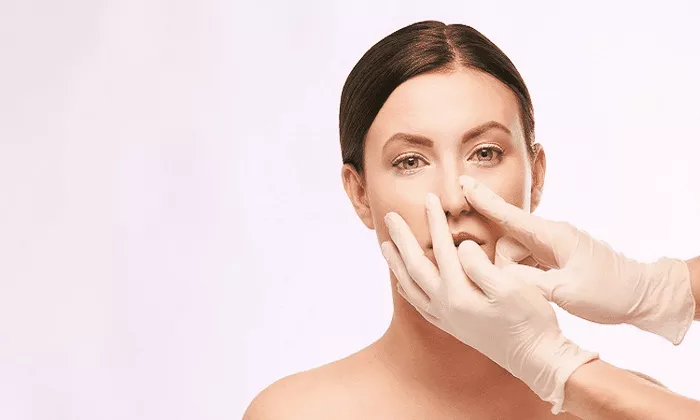Nose fillers have gained immense popularity in recent years as a non-surgical solution to reshape and enhance the appearance of the nose. Also known as nonsurgical rhinoplasty or liquid rhinoplasty, this minimally invasive procedure offers a quick and convenient way to achieve a more harmonious facial profile without the downtime associated with traditional surgical rhinoplasty. However, one common question that patients often ask is, “How much filler is needed for the nose?” In this comprehensive guide, we will explore the factors that influence the amount of filler required for a nose filler procedure.
Understanding Nose Fillers
Nose fillers typically consist of hyaluronic acid, a natural substance found in the body that helps maintain skin hydration and volume. When injected strategically into specific areas of the nose, fillers can correct a variety of concerns, such as:
Nasal humps or bumps.
Irregularities in the nasal bridge.
Drooping nasal tip.
Crooked nose.
Uneven or asymmetrical nose.
The amount of filler needed for each individual case varies, and it depends on several key factors.
Factors Influencing the Amount of Filler Needed
Patient’s Goals and Expectations:
The patient’s desired outcome plays a significant role in determining the amount of filler needed. Some patients may seek subtle changes, while others may want more dramatic results. A thorough consultation with a qualified injector is essential to understand the patient’s goals and set realistic expectations.
Nose Anatomy:
The structure of the nose varies from person to person. Factors such as the thickness of the skin, the presence of scar tissue from previous surgeries, and the size of nasal irregularities all impact the amount of filler required. A skilled injector will carefully assess the patient’s nasal anatomy before determining the appropriate amount of filler.
Severity of Concerns:
The severity of the nasal concerns being addressed also affects the filler quantity. Minor adjustments may require less filler, while more significant corrections will demand a larger volume of product.
Filler Type:
Different types of dermal fillers are available, each with varying concentrations and properties. Hyaluronic acid fillers are the most commonly used for nose augmentation due to their versatility and reversibility. The specific brand and type of filler selected will influence the amount needed.
Injector’s Expertise:
The skill and experience of the injector are crucial in achieving optimal results with the least amount of filler. An experienced injector can accurately assess the patient’s needs and distribute filler precisely.
Budget:
Cost can be a factor for some patients. While it is important not to compromise on quality for the sake of cost, patients should discuss their budget with their injector to find a suitable treatment plan that aligns with their financial considerations.
The Consultation Process
Before any nose filler procedure, a thorough consultation with a qualified and experienced injector is essential. During the consultation, the injector will:
Discuss the patient’s goals and expectations.
Examine the patient’s nasal anatomy.
Assess the severity of concerns.
Determine the appropriate type and amount of filler.
Provide a customized treatment plan.
Address any questions or concerns the patient may have.
Conclusion
The amount of filler needed for a nose filler procedure is a personalized decision that depends on various factors, including the patient’s goals, nose anatomy, severity of concerns, filler type, injector’s expertise, and budget. To achieve safe and satisfying results, it is crucial to consult with a skilled and experienced injector who can assess your individual needs and provide a tailored treatment plan. Whether you seek a subtle enhancement or a more significant transformation, the right amount of filler, in the hands of a qualified professional, can help you achieve the nose you desire, without the need for surgery.


